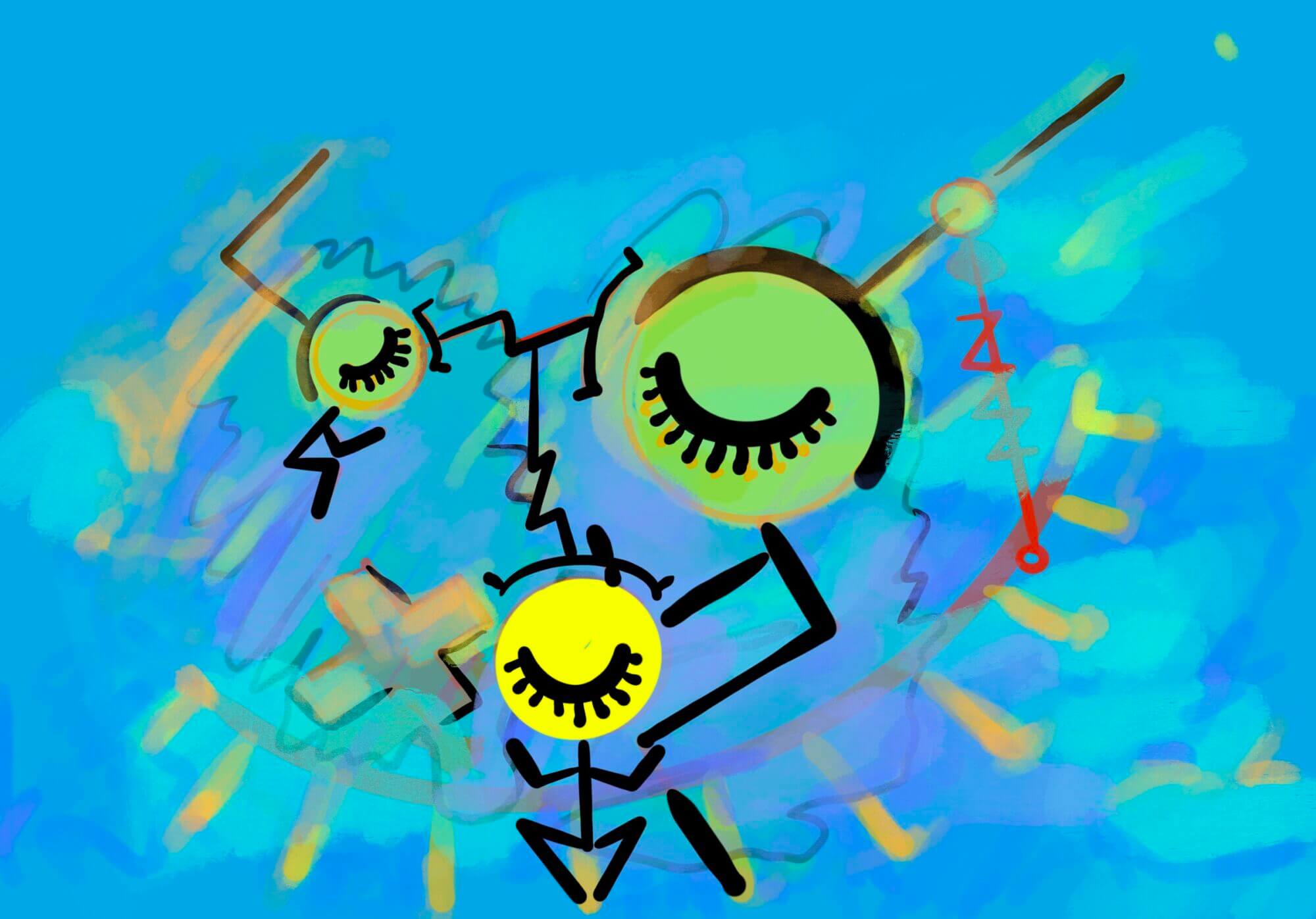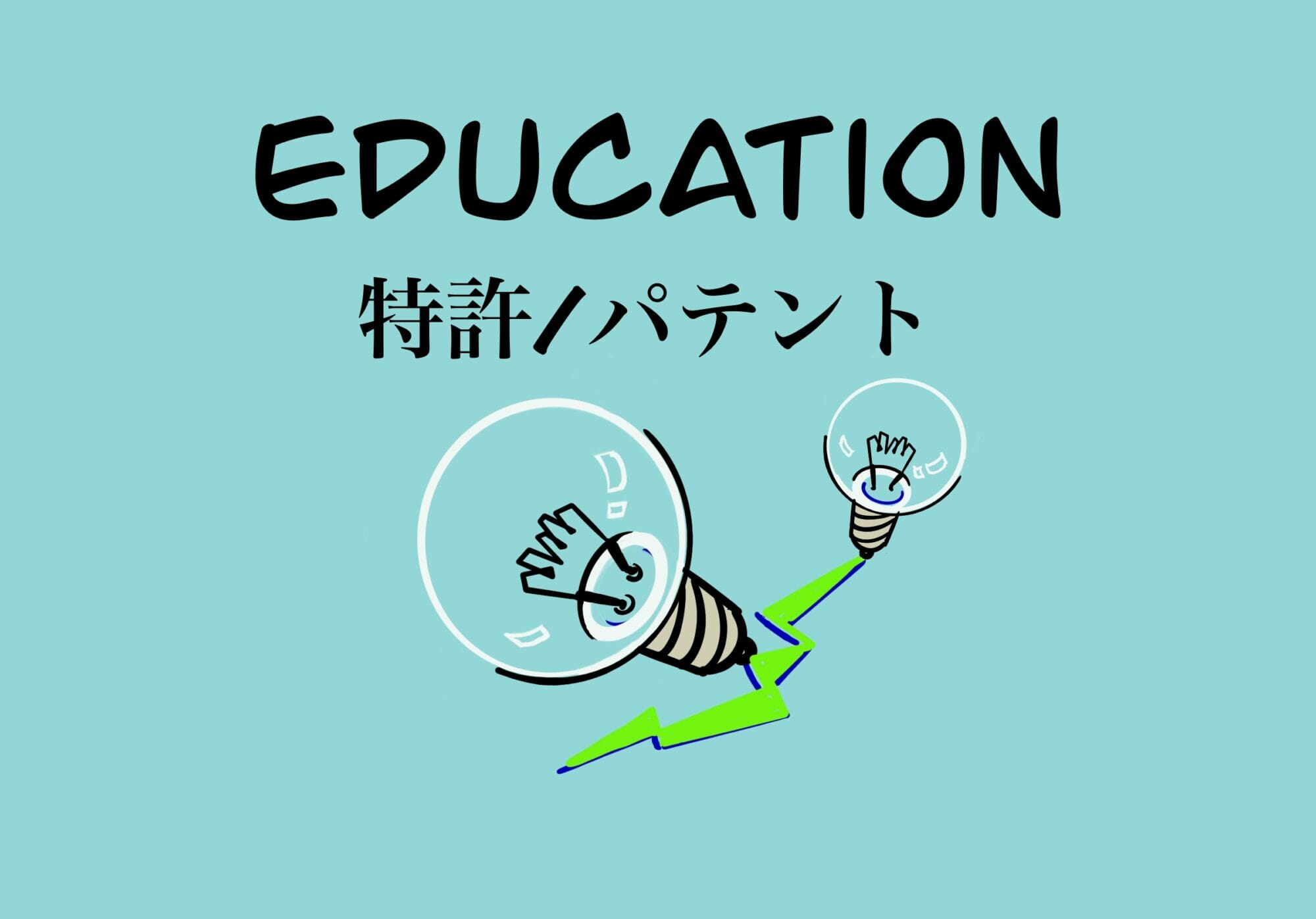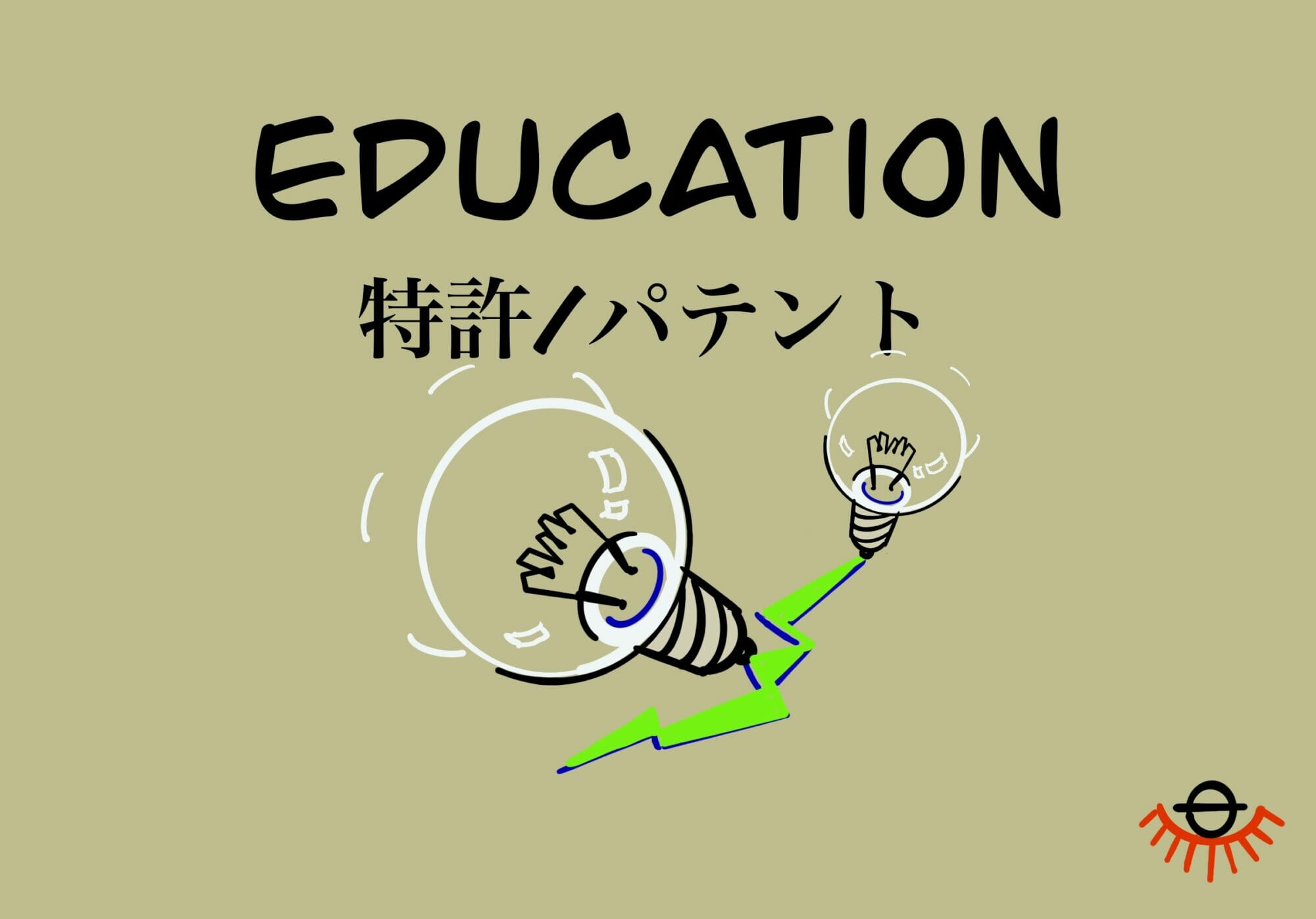METHODS FOR PURIFICATION OF RECOMBINANT AAV VECTORS United States Patent Application 20190010468 Kind Code:A1
http://www.freepatentsonline.com/y2019/0010468.html
概要
- PEG添加でCHT (and CHF)のDBCを100倍の増強
- All rAAV
Claim
1. A method for isolating a population of recombinant adeno-associated virus (rAAV) particles from in-process impurities in a feedstream, comprising the steps of:(a) contacting a feedstream containing the rAAV particles with an apatite chromatography medium in the presence of polyethylene glycol (PEG), wherein the rAAV particles bind to the apatite chromatography medium; and(b) eluting the rAAV particles bound to the apatite chromatography medium with an elution buffer containing less than 3% (w/v) PEG.
2. The method of claim 1 , wherein the apatite chromatography medium is ceramic hydroxy apatite (CHT).
3. The method of claim 1, wherein the apatite chromatography medium is ceramic fluoroapatite (CFT).
4. The method of claim 1, wherein the specific binding of the apatite chroma attooggrraapphhyy mmeeddiiuumm ttoo tthhee xrAAAV particles is between 1014 and 1016 DNase-resistant particles per milliliter (DRP/mL).
5. The method of claim 1 , further comprising a step of binding the rAAV particles in the feedstream eluted from the apatite chromatography medium to an anionic chromatography medium.
6. The method of claim 1 , wherein the feedstream containing the rAAV particles in step (a) is contacted with an apatite chromatography medium in the presence of polyethylene glycol (PEG) and a basic buffer.
7. The method of claim 6, wherein the basic buffer is between pH 7.6 and 10.
8. The method of claim 6, wherein the basic buffer is between pH 8.0 and 10.0.
9. The method of claim 6, wherein the basic buffer is between pH 9.0 and 10.0.
10. The method of claim 6, wherein the basic buffer comprises borate.
11. The method of claim 1, wherein the PEG has an average molecular weight between about 5,000 (PEG5000) grams per mole and about 15,000 (PEG15000) grams per mole.
12. The method of claim 11 , wherein the PEG has an average molecular weight of about 6,000 (PEG6000) grams per mole.
13. The method of claim 1, wherein the feeds tream containing the rAAV particles in step (a) is contacted with the apatite chromatography medium in the presence of between about 3% (w/v) and about 10% (w/v) PEG.
Claims
1. A method for isolating a population of recombinant adeno-associated virus (rAAV) particles from in-process impurities in a feedstream, comprising the steps of: (a) (i) contacting a feedstream containing the rAAV particles with an apatite chromatography medium in the presence of polyethylene glycol (PEG), wherein the rAAV particles bind to the apatite chromatography medium; and (ii) eluting the rAAV particles bound to the apatite chromatography medium with an elution buffer containing less than 3% (w/v) PEG; and (b) (i) contacting the feedstream eluted from the apatite chromatography medium containing the rAAV particles with a hydrophobic interaction chromatography (HIC) medium in a high salt buffer comprising citrate, wherein the rAAV particles and the in-process impurities bind to the HIC medium; and (ii) eluting the rAAV particles bound to the HIC medium with a medium salt buffer.
2. The method of claim 1, wherein the apatite chromatography medium is ceramic hydroxyapatite (CHT) or ceramic fluoroapatite.
3. 3–5. (canceled)
6. The method of claim 1, wherein the feedstream containing the rAAV particles in step (a)(i) is contacted with an apatite chromatography medium in the presence of polyethylene glycol (PEG) and a basic buffer.
7. (canceled)
8. The method of claim 6, wherein the basic buffer is between pH 8.0 and 10.0.
9. (canceled)
10. The method of claim 6, wherein the basic buffer comprises borate.
11. The method of claim 1, wherein the PEG has an average molecular weight between about 5,000 (PEG5000) grams per mole and about 15,000 (PEG15000) grams per mole.
12. (canceled)
TABLE 2. Screening of resins for binding of rAAV-1 compared to binding of process contaminants
| Resin | Resin Type | rAAV-1 | Helper Virus | Host Cell DNA | Serum Albumin | Serum Proteins |
| UnoS pH 5.5 | Cation Exchange | + | 0 | − | + | + |
| UnoS pH 7.0 | Cation Exchange | − | − | − | − | − |
| UnoQ pH 8.5 | Anion Exchange | + | ++ | ++++ | ++ | ++ |
| UnoQ pH 7.0 | Anion Exchange | + | +++ | ++++ | ++ | ++ |
| Fractogel EMD SO3 | Cation Exchange | + | ++ | − | 0 | 0 |
| CHT | Apatite | + | 0 | ++ | + | + |
| CFT | Apatite | + | 0 | ++ | + | + |
| HIC Phenyl | Hydrophobic Exchange | − | − | − | 0 | 0 |
| HIC Butyl | Hydrophobic Exchange | + | ++ | − | 0 | 0 |
| HIC Hexyl | Hydrophobic Exchange | + | ++ | − | 0 | 0 |
| HIC PPG | Hydrophobic Exchange | − | − | − | 0 | 0 |
| Source S | Ion Exchange | + | 0 | 0 | ++ | 0 |
| Source Q | Ion Exchange | + | 0 | 0 | ++ | 0 |
| TMAE | Ion Exchange | + | 0 | 0 | ++ | 0 |
| IMAC FeCl3 | 0 | 0 | − | + | + | |
| Superdex 200 | Gel Filtration | void | void | chase | chase | chase |
| HW55 | Gel Filtration | void | void | chase | chase | chase |
| HW65 | Gel Filtration | void | void | chase | chase | chase |
| HW75 | Gel Filtration | void | void | chase | chase | chase |
TABLE 3. Relative strength of binding of rAAV-1 and BSA to apatite resin at pH = 6.5 or pH = 9.0, with or without 5% (w/v) PEG6000
| Binding conditions | BSA | 5% (w/v) PEG6000 |
| pH = 6.50 | ++ | + |
| pH = 6.50 + 5% (w/v) PEG6000 | ++ | ++++ |
| pH = 9.0 | + | + |
| pH = 9.00 + 5% (w/v) PEG6000 | + | ++++ |
TABLE4. Glucan clearance in the process
| Processing step | Glucan concentration (ng/mL) | Total amount per lot (ng) (250 L scale) | |
| Clarification | 10.4 | 2,600,000 | |
| TFF | 136 | 1,541,016 | |
| CHT elution | 1.9 | 4,769 | |
| Post HIC and SEC | 0.2 | 662 | |
| Final Anion Exchange Eluate | 0.1 | 71 |
TABLE 5. Screening for AAV1 binding in alternative buffers
| Total infectious units of Ad5 in CHT column fractions | Fraction | ||
| Load ratio | 6.6 mL | 13.5 mL | 33 mL |
| Load | 9.0 × 108 | 1.3 × 109 | 9.0 × 108 |
| Flowthrough + chase | <2.5 × 105 | <3.6 × 105 | <6.9 × 105 |
| PO4 Wash | 2.9 × 106 | 2.7 × 106 | <2.6 × 106 |
| Washes II & III | 3.6 × 106 | 2.2 × 106 | 2.8 × 106 |
| Elution | <6.9 × 104 | <6.9 × 104 | <3.5 × 105 |
| Log reduction value (LRV) | >4.1 | >4.3 | >3.4 |
TABLE 6
疎水担体として一般的によく使われるButylとPhenylを比較してして、各緩衝液組成の下、パススルーさせた時、そのパススルーの回収率の比較をしている。
一般論として、バッファ組成から吸着性が良いと考えられる条件は、以下の通りであるが、その一般論とは少し異なっているように思われる
- 吸着性は、酸性pHで強くなり、アルカリ性pHで低くなる
- 吸着性は、塩濃度が高い程強くなる。ただし、塩の分子量に依存しており、分子量が大きいほど強くなる
- この表の結果では、この経験則に反しているように見える。このような場合、以下の考察が必要であると考える
- 塩の種類による可溶性の向上/不要化の促進があるかも知れない
- 考えられる考察
- アルカリ性と酸性では、酸性の方が可溶的である
| Buffer System Tested | Butyl 650M (% in flow-through) | EMD-Phenyl (% in flow-through) |
| 1.1M Sodium Sulfate (pH = 7) | 0% | 0% |
| 1M Sodium Citrate (pH = 7) | 0% | 0% |
| 1.3M Potassium Phosphate (pH = 7) | 3% | 3% |
| 2.9M NaCl, 50 mM Sodium Citrate (pH = 4) | 0% | 28% |
| 1M Glycine, 50 mM Sodium Citrate (pH = 4) | 4% | 1% |
| 50 mM Potassium Phosphate (pH =4.5) | 3% | NT |
| 50 mM Sodium Citrate (pH 4) | 4% | NT |
| 2.9M NaCl, 50 mM Potassium Phosphate (pH 4.5) | 17% | NT |
TABLE 7. Relative binding of rAAV-1 versus model in-process impurities in different HIC buffers
表から言えることは、rAAV-1は、AAV血清型1で作ったVector、Ad5は、遺伝子治療用で最も使用されるadenovirus血清型5。疎水担体(HIC)への結合性は、rAAV-1よりもAd5の方が強い。不純物であるDNAの結合性は弱い。
| Buffer System | rAAV-1 | Ad5 | DNA |
| 0.1M sodium sulfate + bis tris buffer, pH = 7.0 | + | ++ | − |
| 0.8M sodium sulfate, bis tris buffer, pH = 7.0 | + | ++ | 0 |
| 1M sodium citrate, pH = 7.0 | + | ++ | 0 |
| 2.9M NaCl (50 mM sodium citrate to buffer at pH = 4.0) | − | − | 0 |


